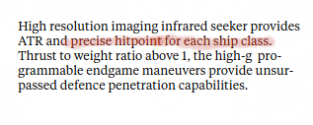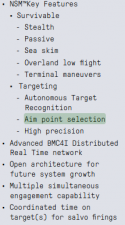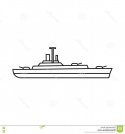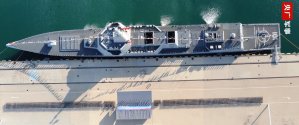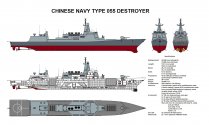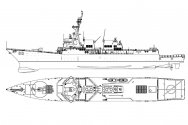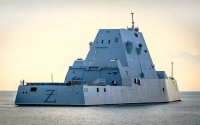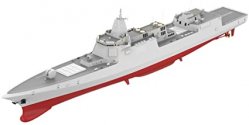plawolf
Lieutenant General
Not to be glib, but the funnels are about the least important thing incoming missiles can hit on a warship, not counting idling helicopters on deck. 
What are funnels but glorified holes/tunnels to allow air in and out of the engine room? Shooting more holes in that is akin to shooting holes in cheese graters. It won’t look pretty afterwards, but it won’t really stop it doing the job either (assuming there are adequate internal grills and filters to contain fod, which should be pretty standard on warships).
The funnels were almost certainly deliberately moved closer than the spacing of the power plants to minimise the amount of ‘dead’ deck space usage to allow for more efficient placement of VLS and other core systems.
But the bottom line is that modern warships are not like WWII cannon brawlers packed with armour, pretty much any AShM hit will at a minimum mission kill any warship other than maybe carriers if they are very lucky.
That is not to say that damage control isn’t still vitally important, but that the objective of battle damage is about saving the ship and minimising lives lost rather than expecting warships to be able to remain in station and continue to fight on effectively after taking direct AShMs hits.
What are funnels but glorified holes/tunnels to allow air in and out of the engine room? Shooting more holes in that is akin to shooting holes in cheese graters. It won’t look pretty afterwards, but it won’t really stop it doing the job either (assuming there are adequate internal grills and filters to contain fod, which should be pretty standard on warships).
The funnels were almost certainly deliberately moved closer than the spacing of the power plants to minimise the amount of ‘dead’ deck space usage to allow for more efficient placement of VLS and other core systems.
But the bottom line is that modern warships are not like WWII cannon brawlers packed with armour, pretty much any AShM hit will at a minimum mission kill any warship other than maybe carriers if they are very lucky.
That is not to say that damage control isn’t still vitally important, but that the objective of battle damage is about saving the ship and minimising lives lost rather than expecting warships to be able to remain in station and continue to fight on effectively after taking direct AShMs hits.

